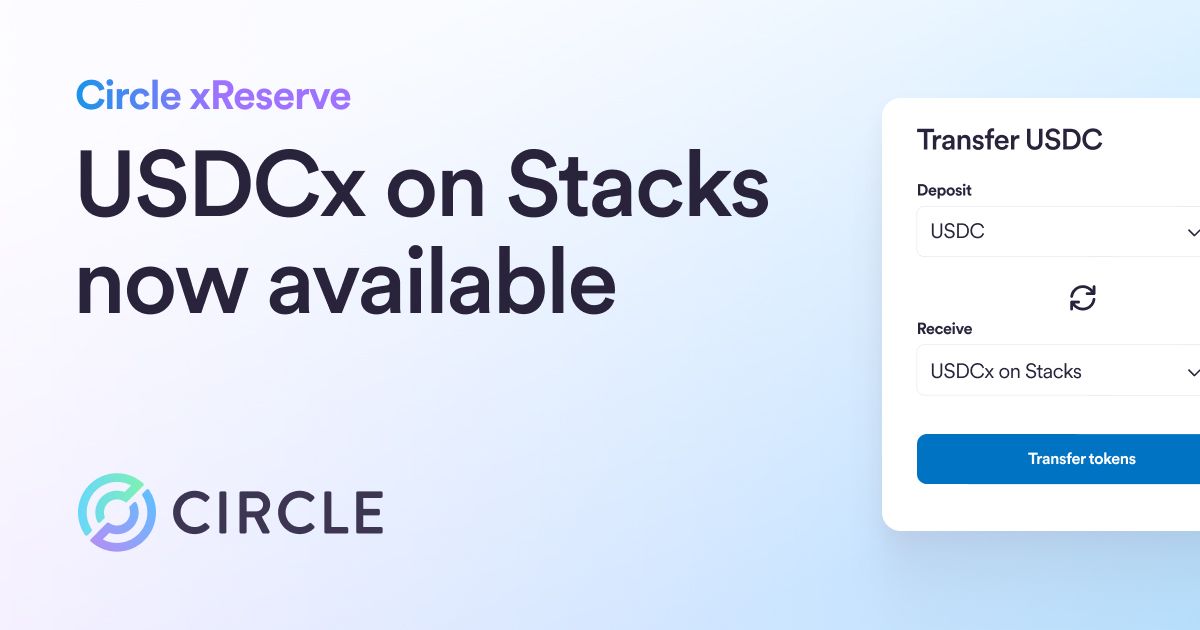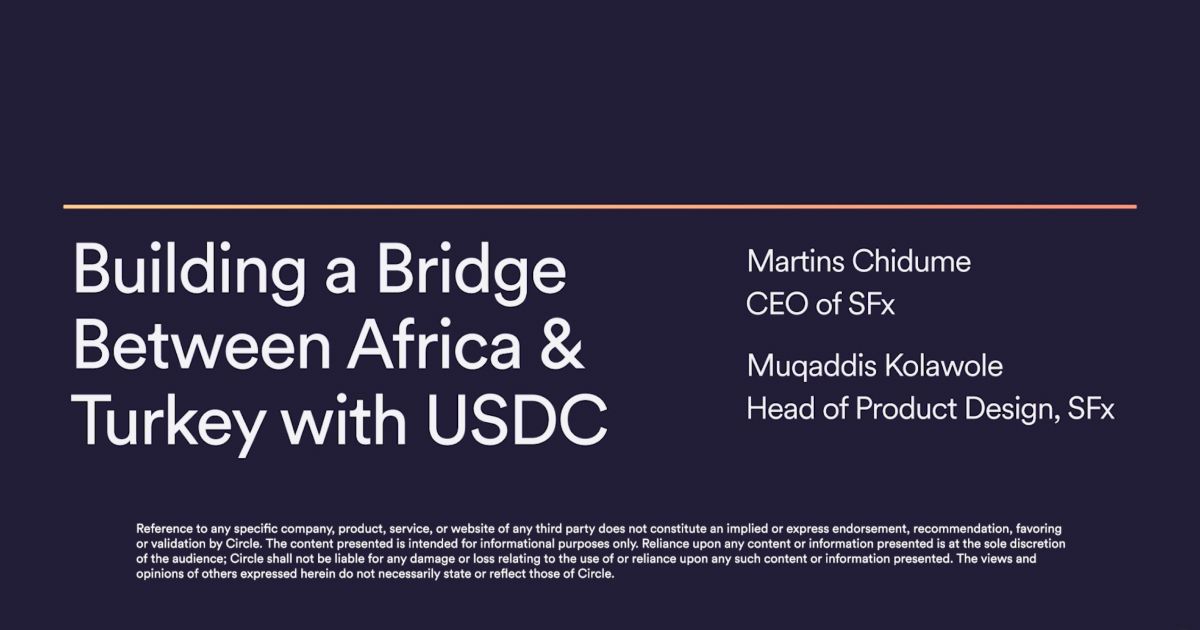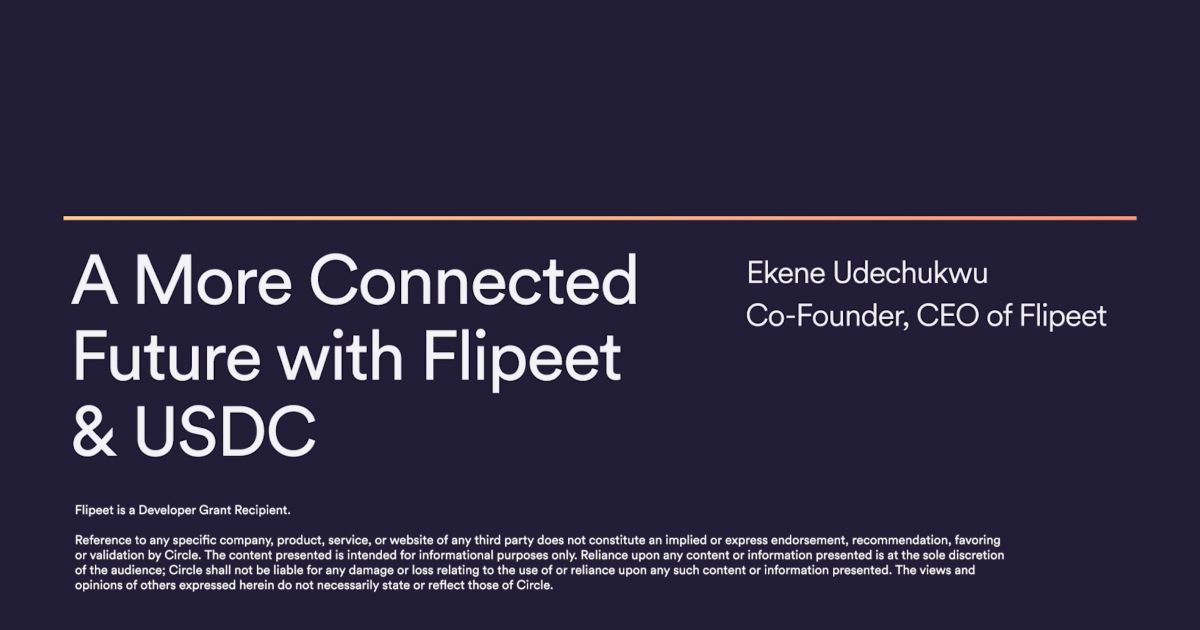Airtm is rapidly scaling into one of the world’s most innovative payment companies. See why they chose to build with USDC.

Airtm is rapidly scaling into one of the world’s most innovative payment companies. Their business is based on enabling people to send and receive payments in USDC and seamlessly convert these digital dollars to local currency. This type of borderless, interoperable, dollar-based payment capability is a breakthrough in global finance, because dollars are often hard to get for individuals who live outside the US.
Airtm’s services are now available in 190 countries, with more than 500 ways for customers to access USDC. This scale and flexibility have spurred Airtm customers to send nearly 48 million transactions as of July 2024, with a heavy focus on Latin America and other global markets where dollars are in high demand.
Several years ago, at the height of the COVID-19 pandemic, Airtm and Circle collaborated to devise a program to channel USDC to frntline medical workers in the Bolivarian Republic of Venezuela. In addition to the worsening healthcare crisis, the local economy was suffering from the effects of hyperinflation and sanctions.
This humanitarian aid disbursement pipeline put millions of dollars of funds into the hands of healthcare workers fighting for the health and safety of the people of Venezuela.
Last spring, Airtm CEO Ruben Galindo Steckel served as a judge at Circle’s Unlocking Impact pitch competition in Paris. The next Unlocking Impact pitch competitions will take place in New York this September in conjunction with the 79th Session of the UN General Assembly, and in October during the World Bank Annual Meeting in Washington, DC (view details here).
Recently, Airtm COO Miguel Valencia and Manuel Hakim, VP of Growth, spent time with us reflecting on the impact of crypto financial inclusion in Venezuela and beyond, and looking ahead to the blockchain-based future of global payments.
What originally inspired you to explore blockchain?
We’ve both been in tech for the last 9-10 years, largely in startups involved in mobility, environmental projects and energy. We’ve always been interested in decentralized systems – remember, the internet was originally designed as a decentralized system – and saw how blockchain was emerging as the latest manifestation of this phenomenon. Beyond that, we could see even in the early days how blockchain could be used to solve big, real-world problems that couldn’t be addressed in any other way. There was a big opportunity right in front of us to help create a more inclusive, frictionless payments system on blockchain rails.
When did you learn about USDC?
USDC came to our attention shortly after it launched. At the time, we weren’t really thinking about stablecoins. Airtm had enabled customers to deposit BTC and ETH, but costs, slowness and price volatility made them less suitable for payments. The idea of a digital dollar running on blockchains that are optimized for global payments became extremely appealing.
There are so many aspects of USDC that make it perfect for what we’re trying to accomplish. The transparency of its reserves means we can always see what’s backing it and be confident it’s redeemable at par for dollars. Circle’s regulatory relationships – both in the US and around the world – are also critical. Airtm is incorporated in the US and registered as a Money Service Business with FinCEN, so compliance is at the forefront of everything we do.
What does USDC make possible that is impossible with traditional finance?
For Airtm, the biggest breakthrough with USDC is that it enables us to connect people across the globe using the world’s reserve currency. This simply isn’t possible using popular traditional peer-to-peer platforms because most of them are only domestic or regional. And using the banking system is often impractical for individuals due to the costs, slow speeds and lack of transparency. Plus there are so many people around the world who don’t have a bank account. People in this unfortunate situation are usually the ones who can least afford the shortcomings of traditional payments.
How did the Venezuelan blockchain and international aid program come together?
It came together quickly in response to the tragic situation in Venezuela that happened during the COVID-19 pandemic during 2020. We worked with Circle to create an aid program – Health Heroes – to distribute USDC to local healthcare workers on the frontlines of the pandemic.
Through Health Heroes, 59,740 verified doctors and nurses received nearly 18 million USDC. Just as importantly, these funds continued to make a big downstream impact across the Venezuelan economy. In total, the Health Heroes program led to around 178,000 individual digital dollar payments to Venezuelan nationals. I believe Airtm demonstrated this type of program is repeatable in other situations where traditional humanitarian aid programs can fall short. These funds were largely used to pay for medicine during the pandemic, along with other goods and services. In addition, a lot of people used Airtm’s virtual card to spend USDC in the local economy.
This program will always be central to the Airtm story. It was a major test case for what is possible with this technology. We passed the test, which gave us the momentum we needed to scale Airtm into a big, global payments business that can change the world.
Learn more about how Airtm is using USDC for humanitarian aid and other global payments.
1 Circle Ventures, an affiliate of Circle Internet Financial, LLC, has invested in Airtm





